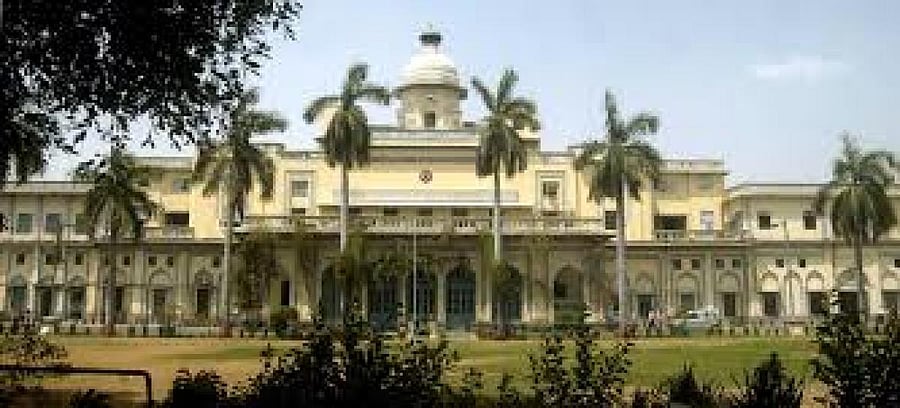
Taking a cue from a 19th-century traditional practice popular in parts of Andhra Pradesh, Indian scientists have come out with a new medicine candidate to halt drug-induced bone loss, a common ailment around the world.
Synthetic glucocorticoids, a type of steroid, are regularly prescribed by doctors for the drug's efficiency as an anti-inflammatory agent. The medicine, however, has long-term side effects like bone loss and osteoporosis.
Scientists at the Central Drug Research Institute, Lucknow have now developed a new herbal prophylactic (preventive medicine), which, if consumed along with the steroids, can prevent bone loss.
Once the medicine is commercially available, anyone prescribing the steroids for more than 6 months should include the indigenous medicine in the prescription to prevent the bone loss, according to the CDRI researchers who experimented with the drug candidate.
Steroids are one of the most common causes of bone loss and impacts lakhs of patients all over the world.
The CDRI team filed a patent on the technology and licensed it to Pharmanza Herbals, a Gujarat-based firm that will seek the Drugs Controller General of India's permission for clinical trial under a new protocol for the assessment of plant-based drugs.
The first clue about this solution came from a description of an 1881 medical practice followed by a Puttur family in Andhra Pradesh.
The family accidentally stumbled on the bone-healing properties of a plant (Kasamadra or Cassia occidentalis) and used the folk medicine for many years.
The Andhra practice was described in a recent title called In the Bone Setter's Waiting Room, which prompted CDRI researchers, who decided to systematically experiment with the plant extract under the Council of Scientific and Industrial Research's phyto-pharmaceutical mission.
"Our results contribute towards validation of the traditional use of Cassia occidentalis in fracture healing and also suggest its beneficial use in glucocorticoids-induced osteoporosis (GIO) for which clinical trials are warranted," CDRI scientists reported in the Journal of Ethnopharmacology.
Glucocorticoids-induced osteoporosis is the most common form of secondary osteoporosis and the first cause in young people. Bone fragility is characterised by rapidity of bone loss at the introduction of steroid drugs and depends on the duration and extent of the treatment.
"In a global strategic positioning, the new medicine will pitched as a drug against GIO for which not many options are currently available," said Naibedya Chattopadhyay, a CDRI scientist and leader of the team that worked on the project.

